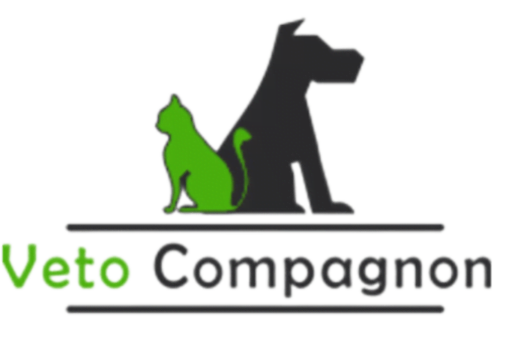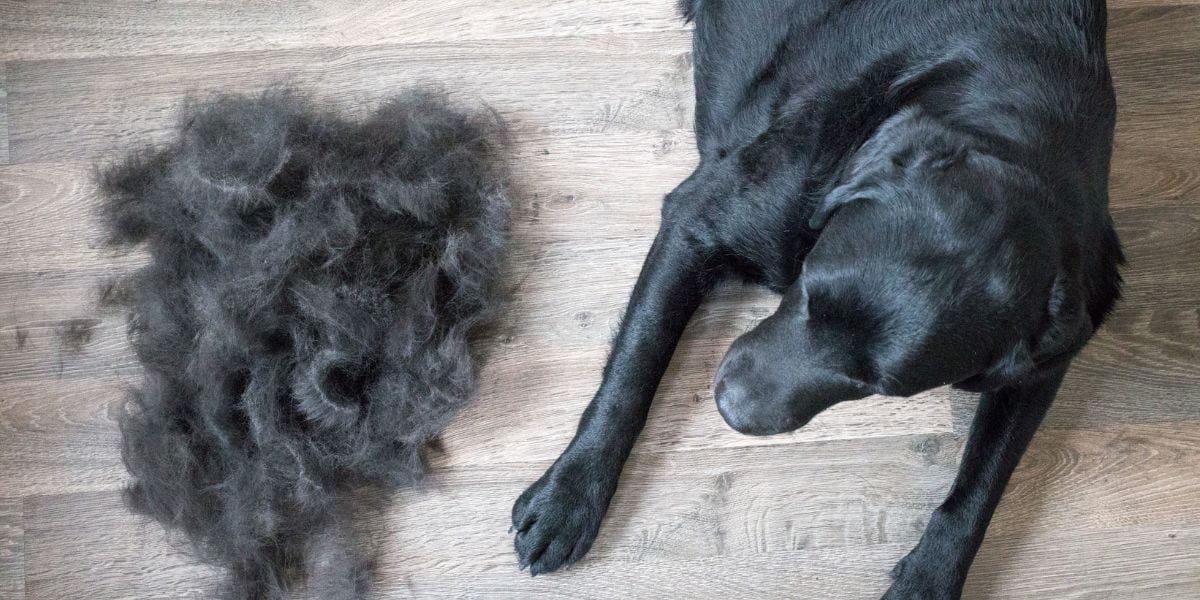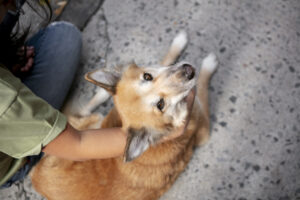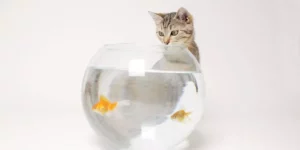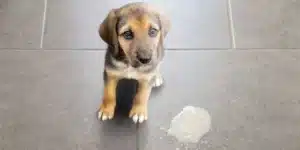Recently, you have noticed that your dog is losing its hair and you are worried! However, hair loss is not necessarily due to a health problem, dermatitis or hair disease. Dogs are also subject to seasonal moulting. Let us discover together, in this article, this natural phenomenon that affects dogs and cats throughout their lives.
What is dog moulting?
Moulting is the natural process of renewal of dog coat. During the moulting phase, the dead hairs fall and are replaced by new ones. This phenomenon is natural and affects all dogs. However, some breeds suffer a higher hair fall than others. This is the case with our long-haired companions, such as the collies, German shepherds or Huskys.
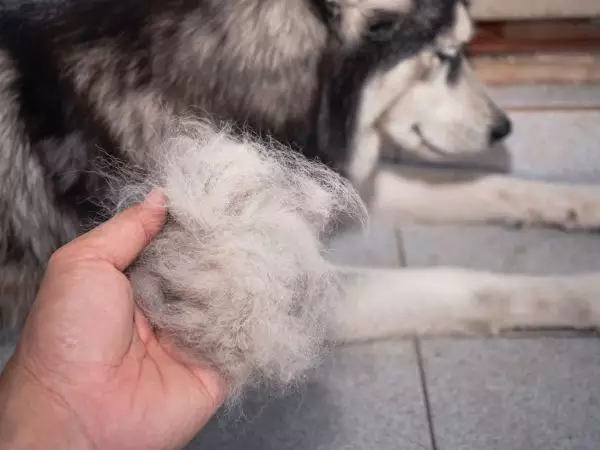
When is the moulting period of the dog? What season?
The moulting period of the dog may vary depending on the breed, but two major moulting phases are usually observed per year:
Spring season: Spring moulting takes place from about March to June, when temperatures soften. It is during this phase that the dog will lose its winter undercoat to give way to a lighter fur for the summer.
Fall season: fall moulting occurs between September and November, as temperatures begin to fall. The dog will lose its summer hair to let grow a thicker and insulating undercoat to face the winter.
Some dogs can also moult all year round continuously but less intensely. This is particularly the case for long-haired breeds like German shepherds. Females may also lose their fur after heat or pregnancy due to hormonal changes. Outside of these periods, if your dog loses much of its coat in an unusual way, it is best to consult your veterinarian to ensure that there is no underlying health problem.
How do I know if my dog is mowing?
One of the main concerns among pet owners is whether their dog is moulting or whether the hair loss observed is due to a health problem such as dermatitis or alopecia. To differentiate this fur change from potential diseases, you need to pay attention to these signs:
- The amount of hair lost: If it is really excessive and outside the usual moulting periods (spring and autumn), this can be a sign of a health problem.
- The presence of irritated or red areas under the fallen hair: This often indicates an underlying dermatological problem.
- Common itching or scratching: They show abnormal skin discomfort. One dog that scratches a lot or dog licks his leg in a frequent manner probably contracted a dermatitis or made ofeczema. Learn more about hair loss related to eczema in the dog's ear
- The presence of film: This symptom indicates an epidermis problem. When the skin is irritated, and the dog itches, it tends to become scaly, and dandruff of dead skin is found on the animal's hair.
- Balls of tangled hair: They may report a problem with sebaceous glands.
- A hair that does not grow after moulting: It is often an index of hormonal imbalance.
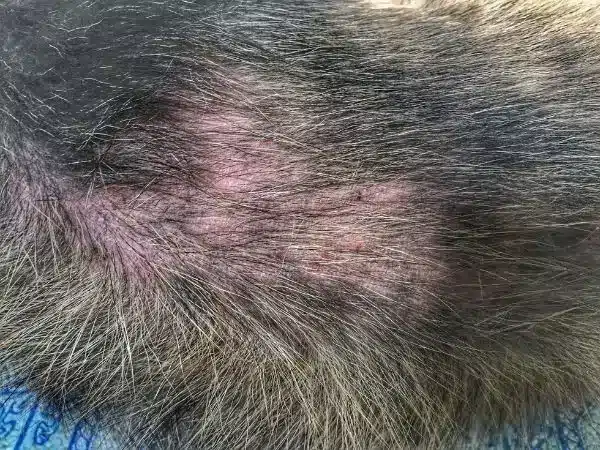
How long does a dog moult?
The length of moulting may vary depending on the dog, but on average:
- For a dog with short coat (cane, boxer, etc.), the hard moult between 2 and 3 weeks.
- For a dog with a half-long coat (German beggar, golden retriever, etc.), you must count between 3 and 4 weeks.
- For long-peeled dogs (australian, colly, husky, etc.), moulting can last from 6 to 8 weeks.
- For animals living indoors, moulting can last longer.
The most intense phases of hair loss often last only a few days. Moulting usually begins with the areas of the belly, neck and ears, then continues on the sides, back and tail. Some factors may influence the length of moulting of our animals:
- Age: Young dogs and older dogs take longer to moult.
- The breed: big dogs with long hair take longer.
- Health condition: thyroid or skin problems can prolong moulting.
- Stress: it can speed up an intense moult.
In case of abnormally long or abundant moulting, it is advisable to consult a veterinarian to rule out a health concern.
What to do during the moulting period?
During your dog's moulting period, you must take care of his body and coat. For this, there are several things you can put in place:
Brushing:
Brushing your pet is very important to remove dead hair and stimulate the growth of the new hair. Maintenance of the coat and choice of the brush or comb must be adapted to the type of dog you have. However, we recommend a soft brush adapted to the type of coat. For brushing, our advice is to practice it ideally once or twice a day. In case of too much hair loss, you can also schedule sessions of grooming.

Avoid washing your dog too much:
Giving your dog a bath is a good thing, but if this activity is too regular, you may damage his skin, irritate, and create itching and increase the loss of dog hair.
Watch your dog's diet:
It is important to make sure that you give your companion good food. Indeed, a balanced diet will promote healthy hair growth and avoid worsening moulting.
Our advice:
Give him food supplements rich in fatty acids omega 3 and 6 to promote a beautiful hair growth.
You can use a shampoo for dog based on aloe vera or colloidal oats to moisturize the skin and soothe itching.
Clean the house more often to remove dead hair, including on sofas, carpets and bedding. A vacuum cleaner with a HEPA filter will better retain hair.
Brush your dog outside when it is possible not to find hair anywhere in the house.
Take your dog for attention, exercise, and reduce stress.
Finally, you can opt for products to improve the resistance and beauty of your pet's coat.
Dog breeds that moult
The main breeds of dogs subject to significant moulting include:
- Long-haired dogs: German Shepherd, Colley, Australian Shepherd, Siberian Husky, Samoyede, Tibetan Spagneul, Bobtail, Irish Setter.
- Mid-length dogs: Golden retriever, Labrador, Shetland Shepherd, Saint Bernard, Bearded Collie.
- Some short-haired dogs: Boxer, Dalmatian, Braque, Pointer, Bull Terrier, Chihuahua.
As a general rule, the longer and thicker the dog's hair, the more prone it will be to an abundant moult. Rough-haired dogs, such as the Poodle or Fried Pig, also moult, but in a less visible way. All dogs moult, but some breeds are predisposed. It is important to brush your dog well and remove dead hair to facilitate moulting.
Is the dog's moult dangerous?
No, moulting is not dangerous to the health of the dog in general. It is a natural and cyclic process that allows the hair to be renewed. However, an intense and prolonged moult can be a sign of some problems:
- A problem with the epidermis (dermatitis, allergy) that causes itching and excessive hair loss.
- Hormonal imbalance, including hypothyroidism, which may affect hair growth.
- A lack of food, e.g. omega-3 fatty acids, which alters hair quality.
- Stress, which can speed up moulting.
- Parasites like fleas or scabies, irritating.
- Some diseases that cause fever.
If your dog's moult is really unusual, abundant, accompanied by redness or itching, it is recommended to consult a veterinarian. He will determine the cause and can deal with the problem. With good hygiene, a balanced diet and regular veterinary monitoring, moulting does not pose a risk to the well-being of the dog. This is a normal phenomenon that needs to be managed properly.
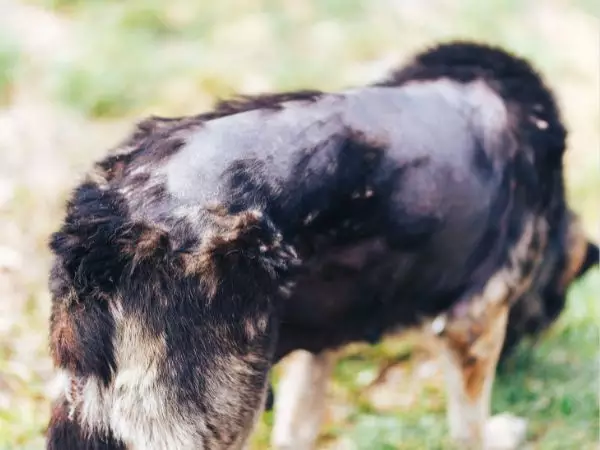
Do not confuse moulting with Alopecia or pelade the dog that is the skin disease visible on the picture just above.
Important additional information on dog moult :
Some dogs are moulting « catastrophic », i.e. very intense and fast. This is particularly the case for Husky, the German Shepherd or the Saint Bernard. We must be more vigilant during these periods.
Young dogs may have more irregular moults in the first or second year. Periodicity is established towards adulthood.
Females who are pregnant or who have recently given birth often moult significantly because of hormonal changes.
An excess of bathing or shampoo can dry the skin and worsen the moult. We have to find the right balance.
Some dogs need specific help during moulting, such as cutting tangled hair or knots, especially in the ears and armpits.
Anxiety can amplify the molt phenomenon. It is important to bring calm and comfort to the dog.
A warm and dry environment may dry the dog's skin during moulting.
F.A.Q.
Do cats also undergo seasonal moulting?
Yes, cats also undergo seasonal moulting to adjust their coat to seasonal changes. Regular brushing is also recommended for cats during this phase.
Do you have any tips to reduce hair loss during my dog's seasonal moult?
To reduce hair loss, you can increase brushing frequency, choose suitable grooming products, and ensure a clean environment by eliminating dead hair from your home. You can also turn to care products to support skin and coat.

